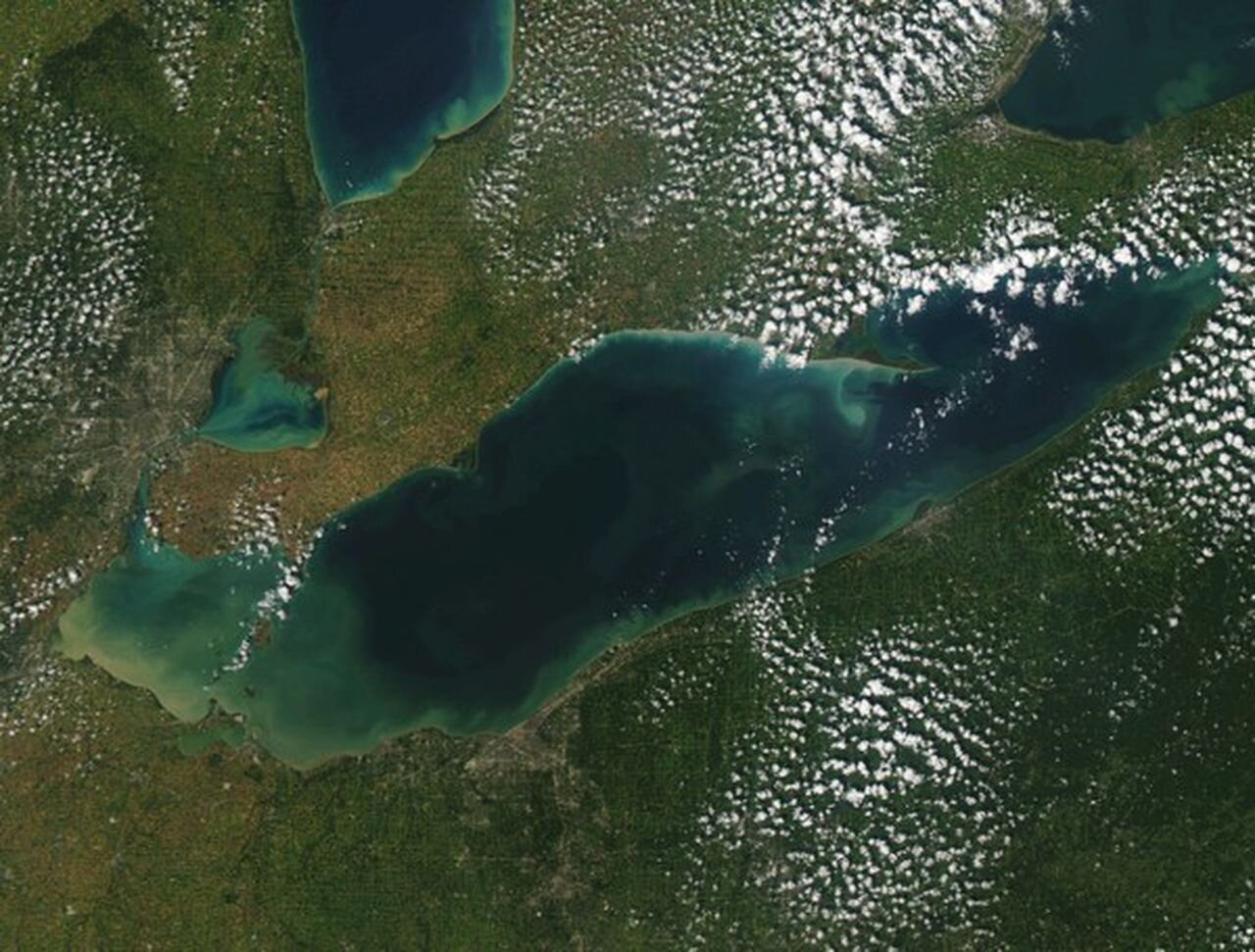As wildfires spread on the west coast, hurricanes and rising sea levels batter cities on the east coast and in the south, and sunbelt cities struggle with droughts, those of us fortunate to live in the Great Lakes region watch and wonder if a rediscovery of legacy cities in the Rustbelt is at hand.
Cleveland, Ohio had over 900,000 residents in 1950. Today, the city’s population is less than 400,000. The populations of many cities, large and small, in the Great Lakes region have followed a similar trajectory, for the same reasons--globalization, deindustrialization, and suburbanization.
And yet, the fundamental reasons for why cities historically located on the shores of the Great Lakes remain true today. A central location, an interconnected network of road, rail, and energy infrastructure, and access to the largest freshwater system on earth provide a compelling basis for the re-urbanization of a megaregion that could support many more people and industries than exist here today.
The CUDC is one of seven organizations nationwide selected to receive a grant from the Lincoln Institute of Land Policy to explore scenario planning strategies. Our project envisions the possibilities for resilient and climate-responsive regrowth in Great Lakes cities.
The CUDC and architect/climate scientist Nick Rajkovich will collaborate on a community-focused how-to guide for scenario planning for climate resilience in the lower Great Lakes region. The guide will draw on our experience working with frontline community organizations in Northeast Ohio and Western New York on climate change mitigation, adaptation, and resilience issues.
Buffalo, New York from Lake Erie
The cities of Cleveland, Buffalo, Toledo, Detroit, and Erie share an industrial history that drove economic growth in the 19th and early 20th centuries, followed by decades of depopulation, disinvestment, and decline. As sea level rise, hurricanes, and other natural disasters begin to destabilize coastal areas, the Great Lakes region is could become a climate refuge in the future.
NASA/NOAA
Cities on Lakes Erie and Ontario have a moderate climate and abundant access to fresh water. However, these cities face numerous other challenges that put environmental and human health at risk: an increase in temperature extremes, more intense winter and summer storms, and increased flooding risks. Compounding the problem, high percentages of impervious land cover, sparse tree canopy, and aging infrastructure compound the risk in low income and minority communities.
How should cities in the Lower Great Lakes plan for the future? We will be creating a how-to guide for making climate-responsive land use decisions in older industrial cities and regions, exploring populations gains and losses, scenarios about where to focus redevelopment and where to protect land for habitat and green infrastructure. Drawing on our experience working in Northeast Ohio and Western New York, the guide will show how scenario planning can help communities determine how to best manage their vacant land inventories to support new development while buffering residents and businesses from the adverse impacts of climate variability and change.
The project is currently underway and will be completed in 12 months. For more information, please contact the CUDC at cudc@kent.edu or 216.357.3434.



